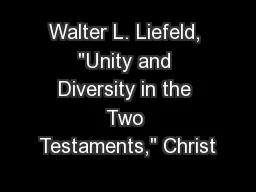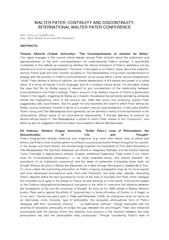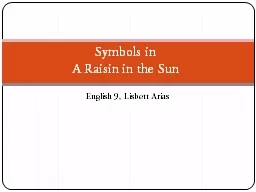PDF-Walter L. Liefeld, "Unity and Diversity in the Two Testaments," Christ
Author : briana-ranney | Published Date : 2015-11-14
Walter L Liefeld Walter L Liefeld Unity and Diversity in the Two Testaments Christian Brethren Review 31 32 1982 8394 theology was hard to maintain This comparison
Presentation Embed Code
Download Presentation
Download Presentation The PPT/PDF document "Walter L. Liefeld, "Unity and Diversity ..." is the property of its rightful owner. Permission is granted to download and print the materials on this website for personal, non-commercial use only, and to display it on your personal computer provided you do not modify the materials and that you retain all copyright notices contained in the materials. By downloading content from our website, you accept the terms of this agreement.
Walter L. Liefeld, "Unity and Diversity in the Two Testaments," Christ: Transcript
Download Rules Of Document
"Walter L. Liefeld, "Unity and Diversity in the Two Testaments," Christ"The content belongs to its owner. You may download and print it for personal use, without modification, and keep all copyright notices. By downloading, you agree to these terms.
Related Documents














